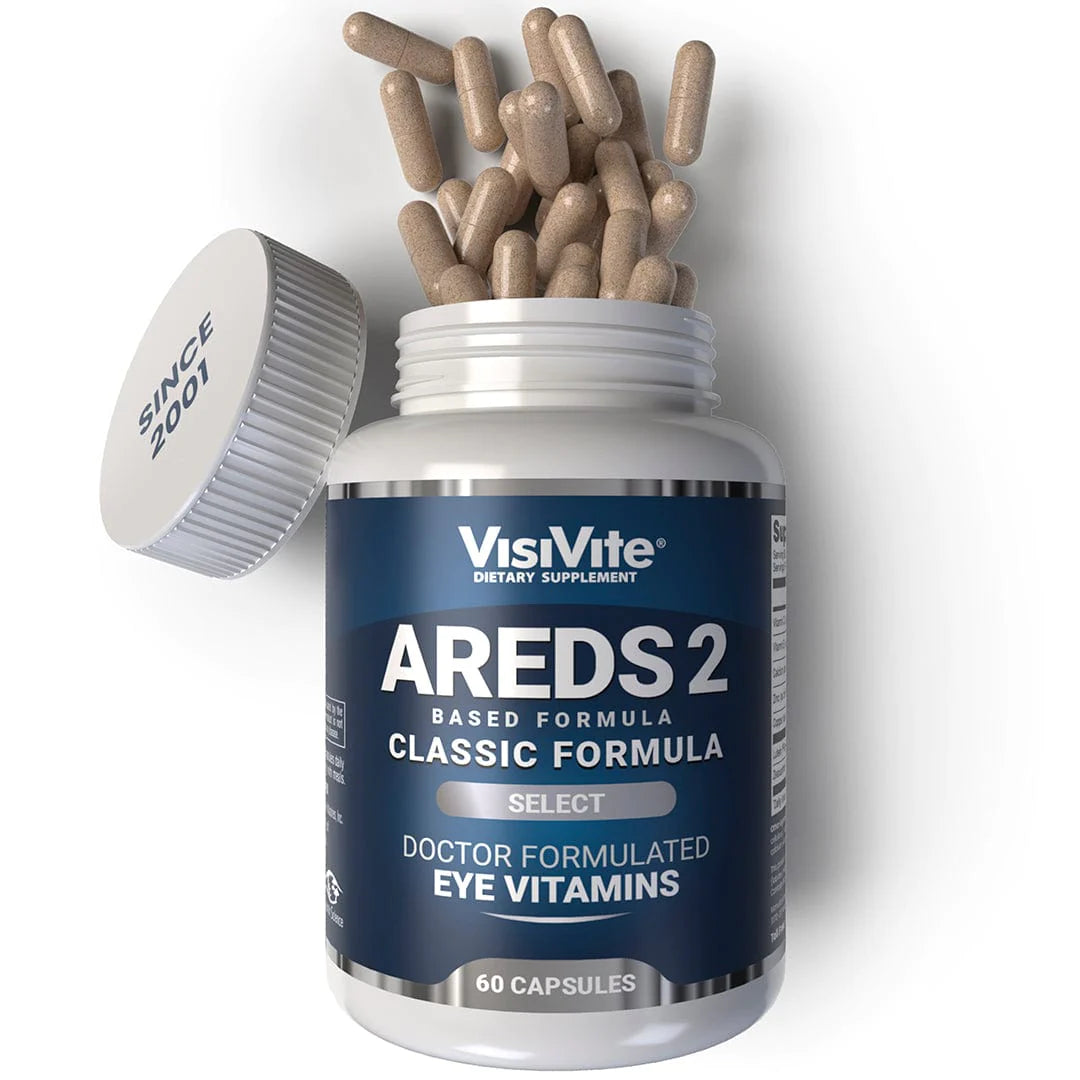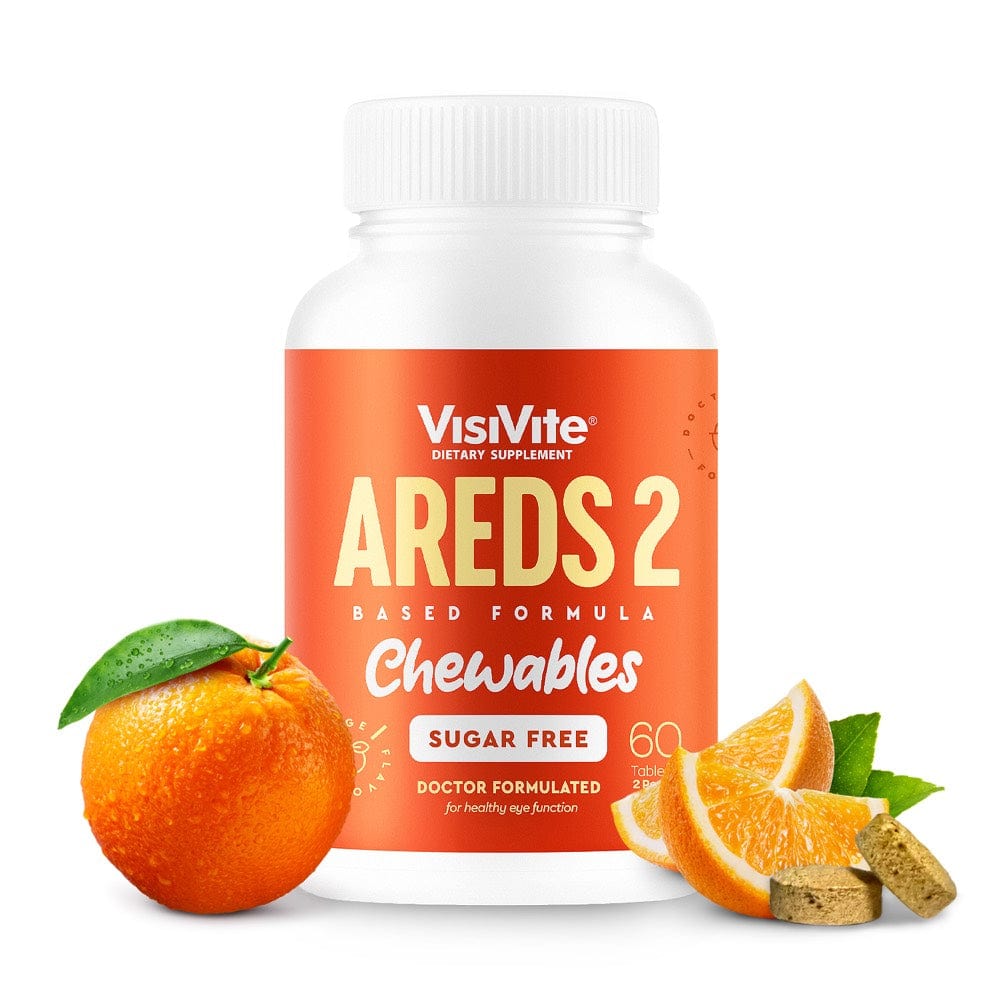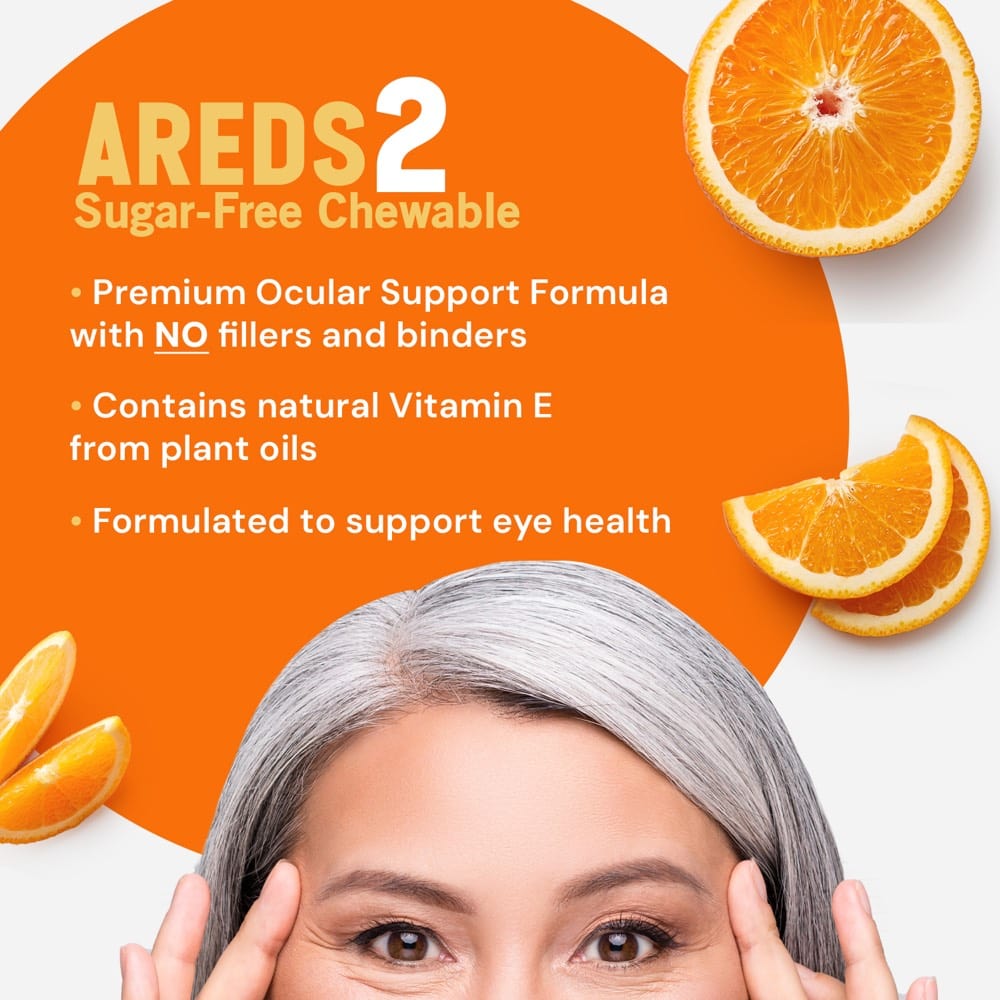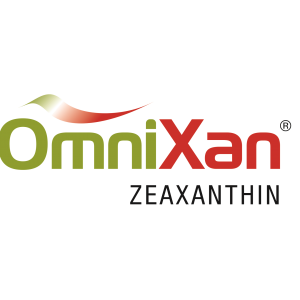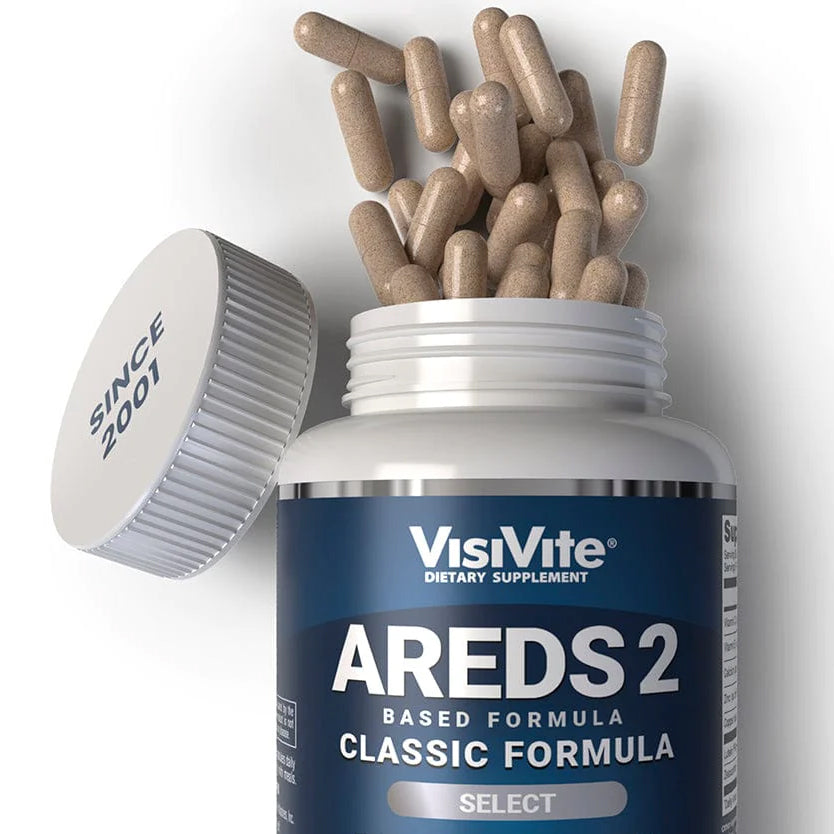In the realm of eye health, the quest for clearer vision and healthier eyes is an ongoing journey. Amidst the myriad of supplements and treatments available, one term that frequently surfaces is AREDS2. But what exactly is AREDS2, and what does it do for the eyes? Delving into the science behind this acronym reveals a wealth of knowledge crucial for understanding its role in promoting ocular health.
Understanding AREDS2:
AREDS2 stands for the "Age-Related Eye Disease Study 2," a landmark clinical trial sponsored by the National Eye Institute. The study, conducted from 2006 to 2012, sought to build upon the findings of its predecessor, AREDS1, which investigated the effects of specific nutrients on age-related macular degeneration (AMD) and cataracts.
The Role of AREDS2 for The Eyes:
In essence, AREDS2 evaluated whether adding certain nutrients to the original AREDS formulation could further reduce the risk of developing advanced age-related macular degeneration and cataracts. The key nutrients examined in AREDS2 included:
- Lutein and Zeaxanthin: Carotenoids found in high concentrations in the macula, responsible for filtering harmful blue light and combating oxidative stress.
- Omega-3 Fatty Acids: Essential fatty acids known for their anti-inflammatory properties and potential benefits in maintaining retinal health. At the low doses used in AREDS2, these were not found to be effective.
- Zinc: A mineral crucial for proper retinal function and believed to play a role in slowing the progression of AMD. AREDS2 found no significant difference comparing 25 mg versus 80 mg zinc daily.
- Copper: Often included alongside zinc to prevent copper deficiency induced by zinc supplementation. Typically provided in a 1:40 ratio with zinc.
- Vitamin C (ascorbic acid)
- Vitamin E - The D-alpha tocopheryl natural plant oil Vitamin E sources as used in VisiVite AREDS 2 eye vitamins have more milligrams of Vitamin E per 400 IU than do the synthetic DL-alpha tocopheryl sources.
Benefits of AREDS2 for Eye Health:
The findings of AREDS2 shed light on the efficacy of these additional nutrients in preserving vision and protecting against age-related eye conditions. While the original AREDS formulation already demonstrated significant benefits, AREDS2 refined the combination to optimize its effectiveness. Specifically, AREDS2 revealed:
- Reduced Risk of Progression: Participants receiving the AREDS2 formulation experienced a lower risk of developing advanced AMD compared to those who did not take the supplements. However, AREDS2 fell short of its 20% improvement goal over the original AREDS1 formula.
- Improved Visual Acuity: Certain subgroups within the study demonstrated improvements in visual acuity, particularly among individuals with low dietary intake of lutein and zeaxanthin. Importantly, macular degeneration findings were not reversed in either the original AREDS or AREDS2 studies.
- Enhanced Protection Against Cataracts: Although the primary focus was on AMD, AREDS2 also indicated a potential protective effect against the development of cataracts, albeit to a lesser extent. This last finding has been difficult to conclusively prove.
Scientific References:
- Chew, Emily Y., et al. "Lutein/zeaxanthin for the treatment of age-related cataract: AREDS2 randomized trial report no. 4." JAMA ophthalmology 132.2 (2014): 142-149.
- Age-Related Eye Disease Study 2 Research Group. "Lutein + zeaxanthin and omega-3 fatty acids for age-related macular degeneration: the Age-Related Eye Disease Study 2 (AREDS2) randomized clinical trial." JAMA 309.19 (2013): 2005-2015.
- Chew, Emily Y., et al. "Long-term effects of vitamins C and E, β-carotene, and zinc on age-related macular degeneration: AREDS report no. 35." Ophthalmology 120.8 (2013): 1604-1611.e4.
- Age-Related Eye Disease Study 2 Research Group. "Secondary analyses of the effects of lutein/zeaxanthin on age-related macular degeneration progression: AREDS2 report no. 3." JAMA ophthalmology 132.2 (2014): 142-149.
- Chong, Elaine, et al. "Dietary ω-3 Fatty Acid and Fish Intake in the Primary Prevention of Age-Related Macular Degeneration A Systematic Review and Meta-analysis" Arch Ophthalmol. 2008;126(6):826-833
In conclusion, AREDS2 represents a significant advancement in our understanding of nutritional interventions for maintaining eye health. By incorporating specific nutrients backed by rigorous scientific research, AREDS2 offers a promising strategy for preserving vision and mitigating the impact of age-related eye diseases. Embracing these findings can empower individuals to take proactive steps in safeguarding their ocular well-being for years to come.

